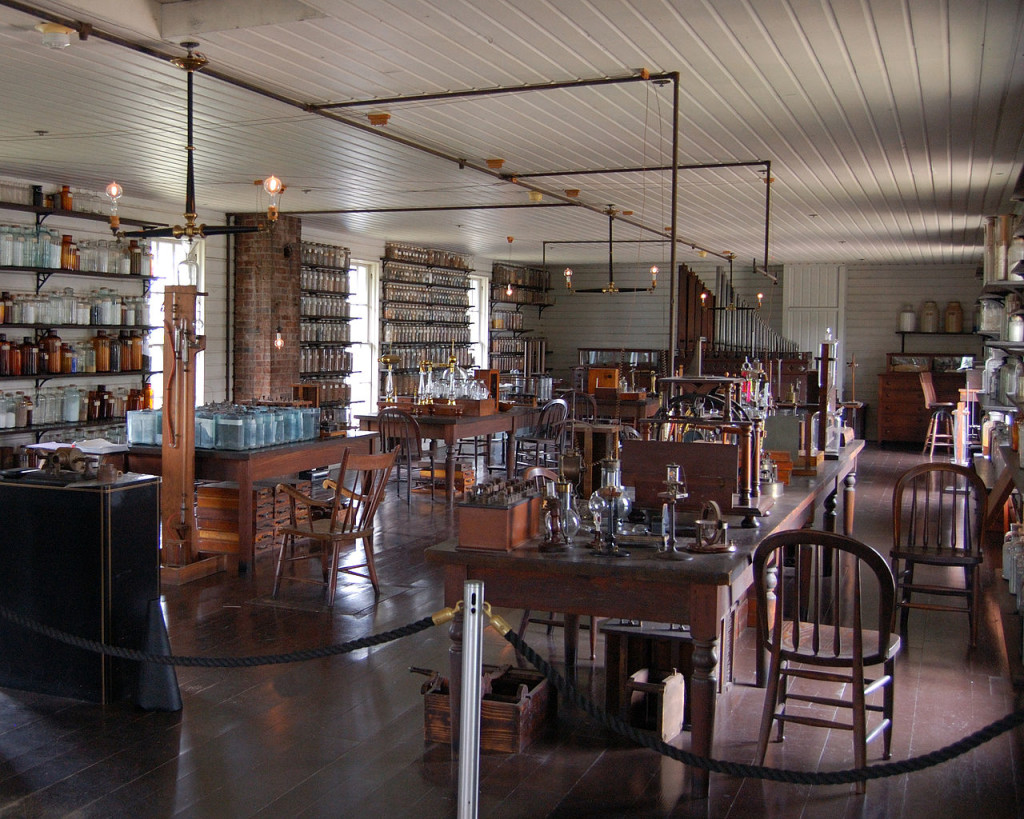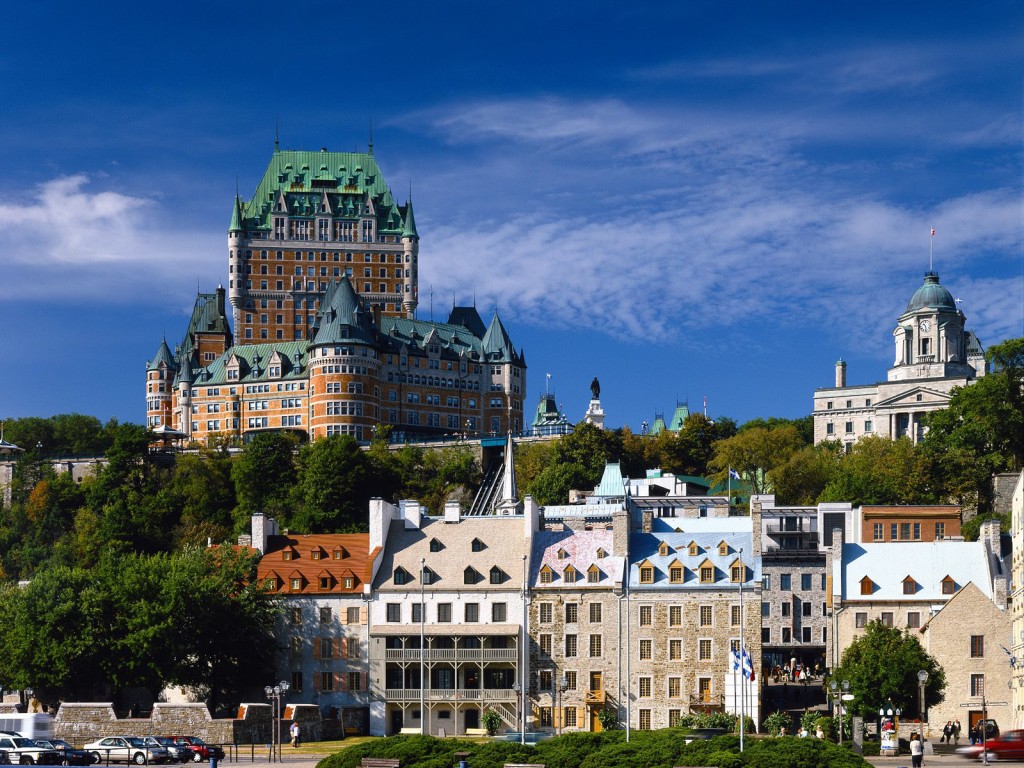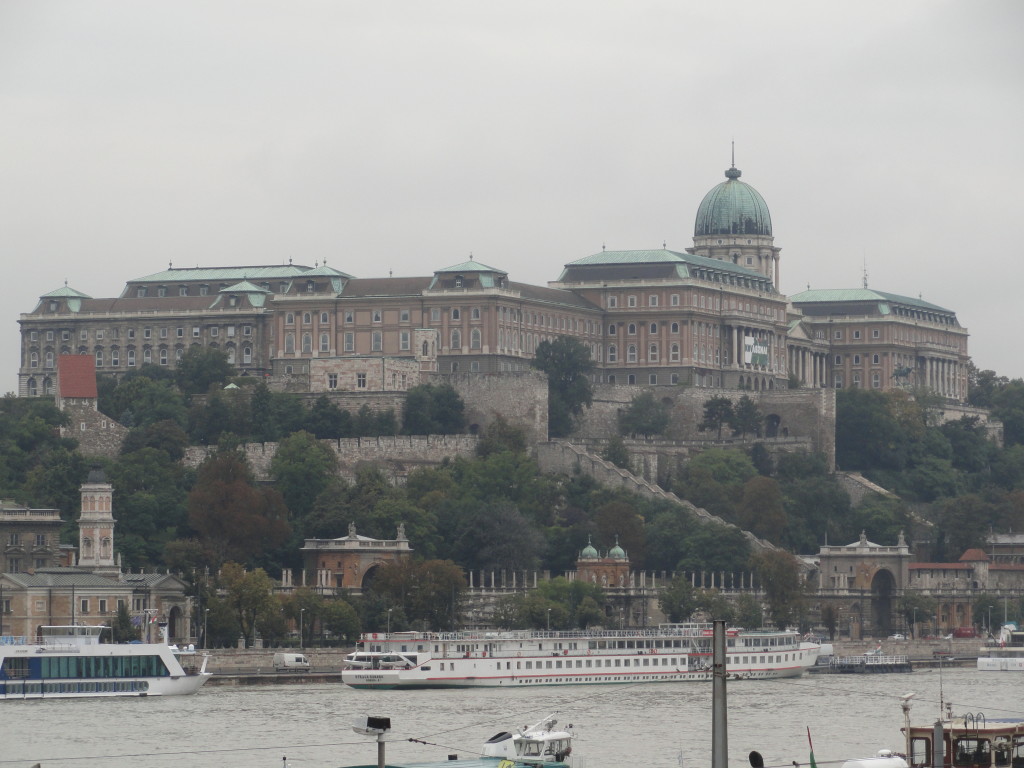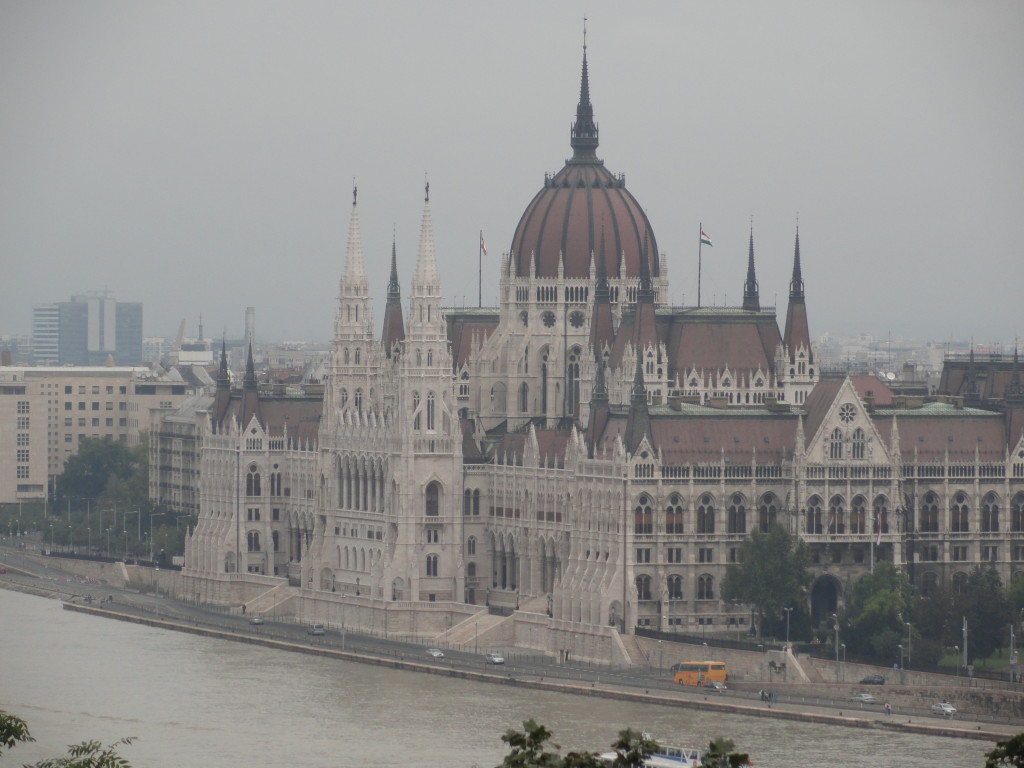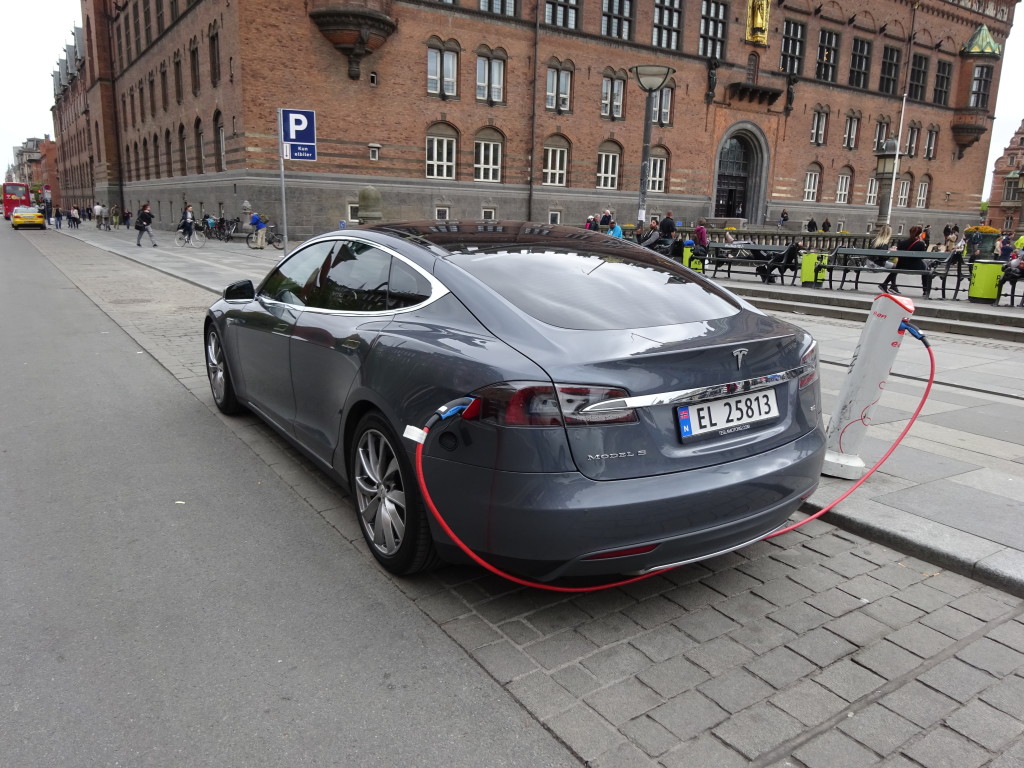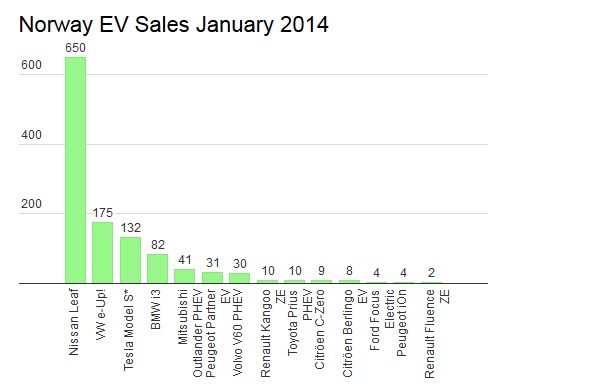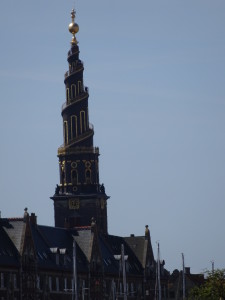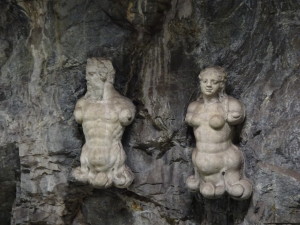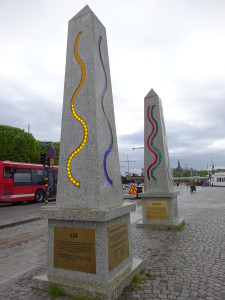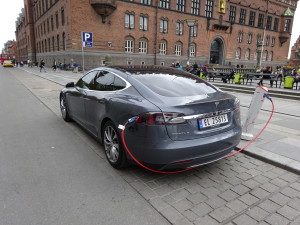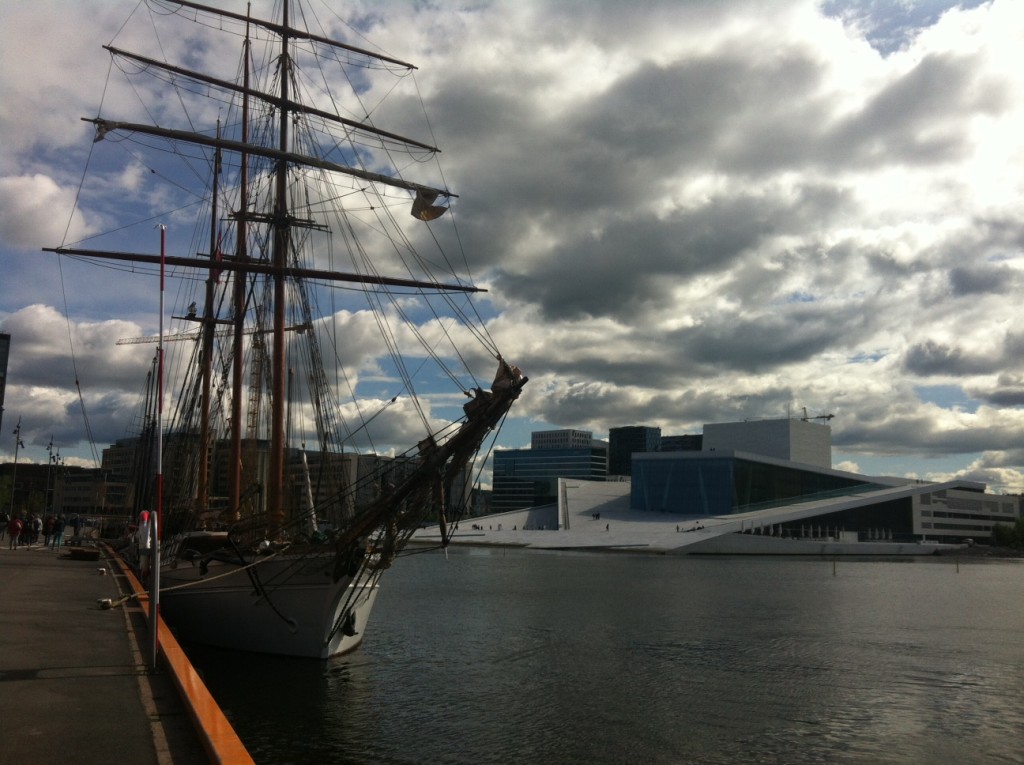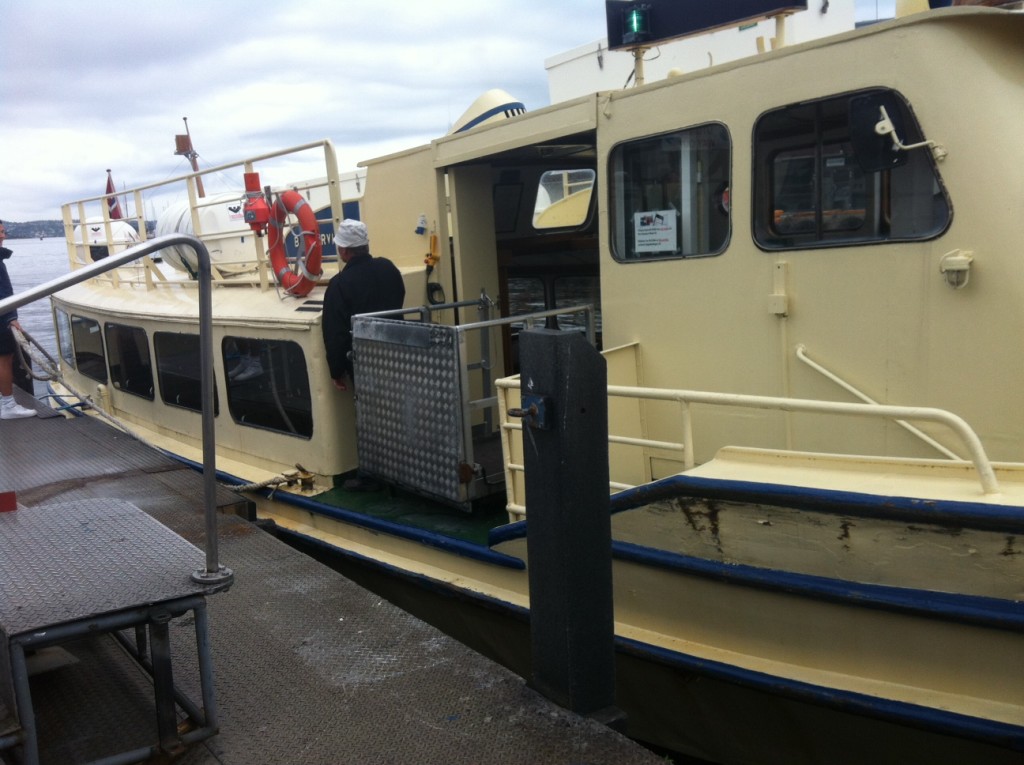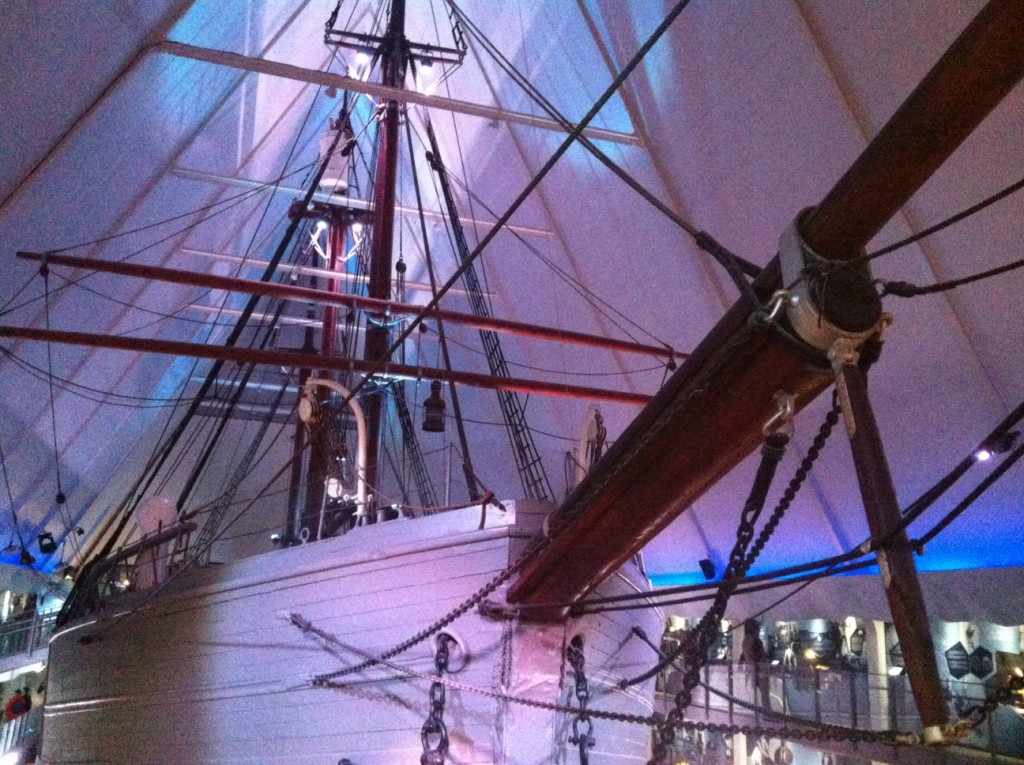If you’re an aquarium nut like me, one of the places on your “must-see” list is the Oceanarium in Lisbon, Portugal. Officially the Oceanário de Lisboa, it ranks as the largest indoor aquarium in Europe.
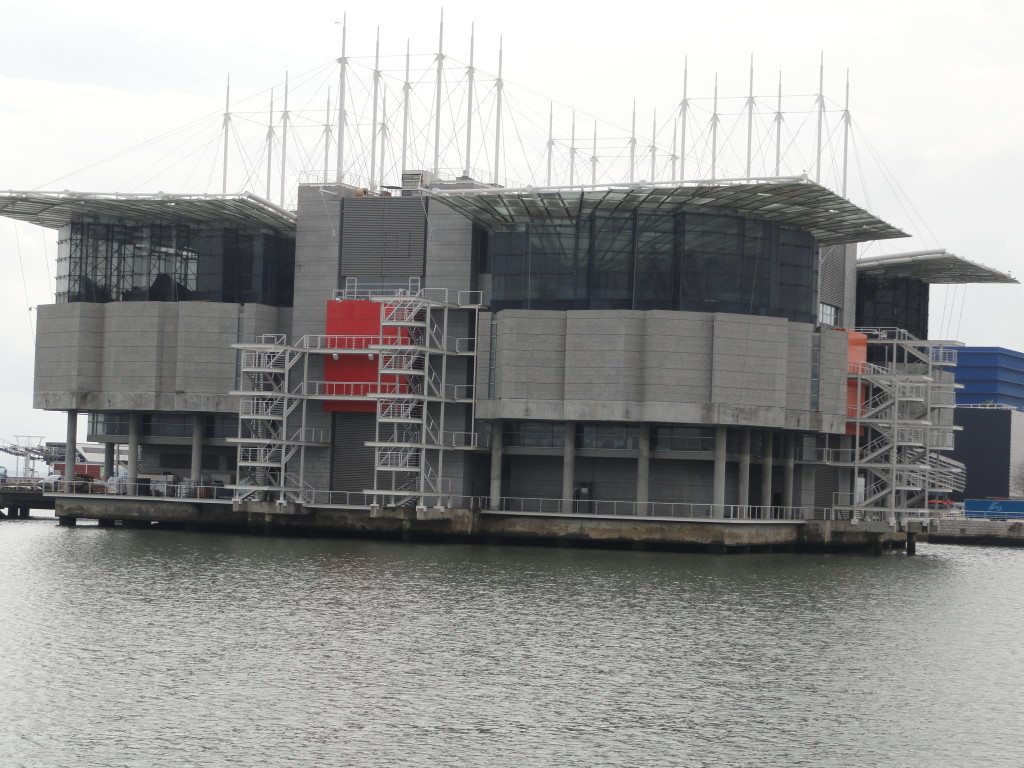
Like most big aquariums it has a huge central tank of roughly 1.3 million gallons filled with the usual blend of marine fish, sharks, and rays. It is also one of the few aquariums that includes an ocean sunfish (Mola mola), a notoriously difficult species to maintain out of its natural oceanic habitat.
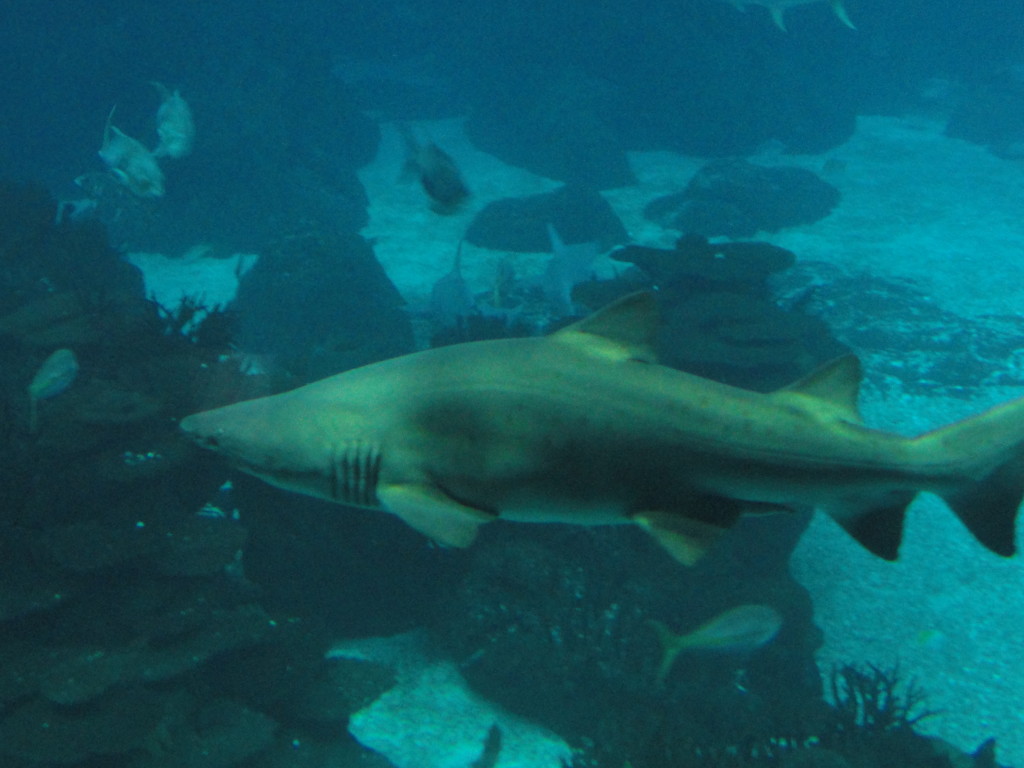
What I liked about the main tank – and I’ve seen dozens of them – is that as you walk around the perimeter you have many large floor to ceiling windows to gaze through.
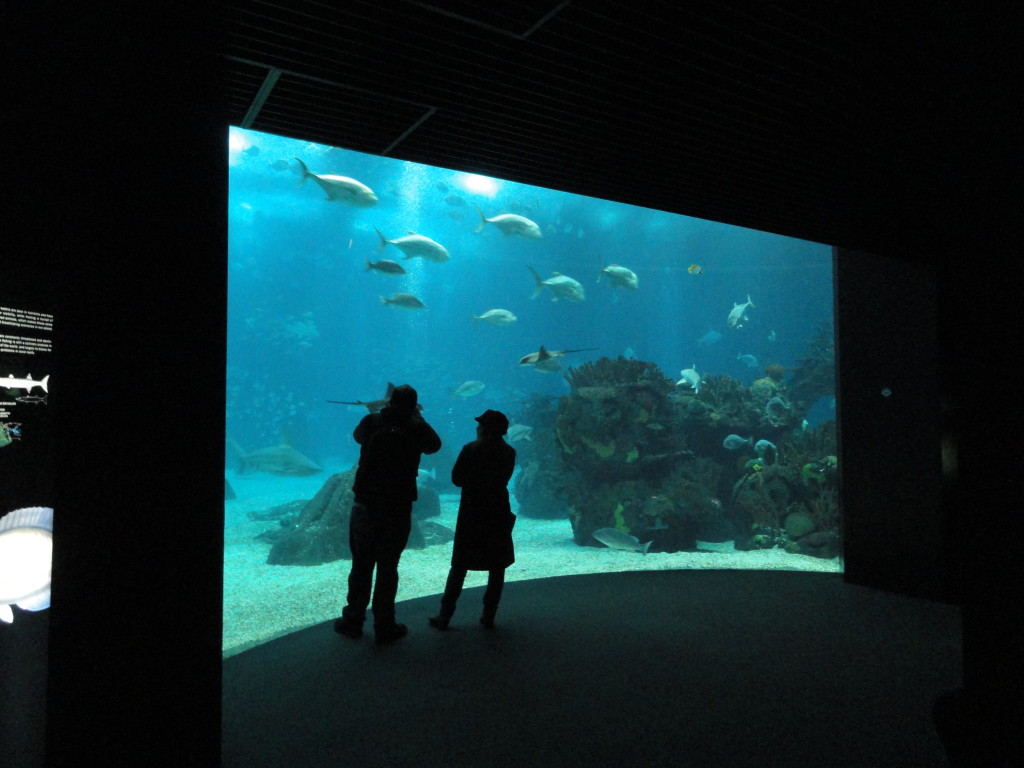
There are large areas where you can often see divers feeding the fish and maintaining the tank.
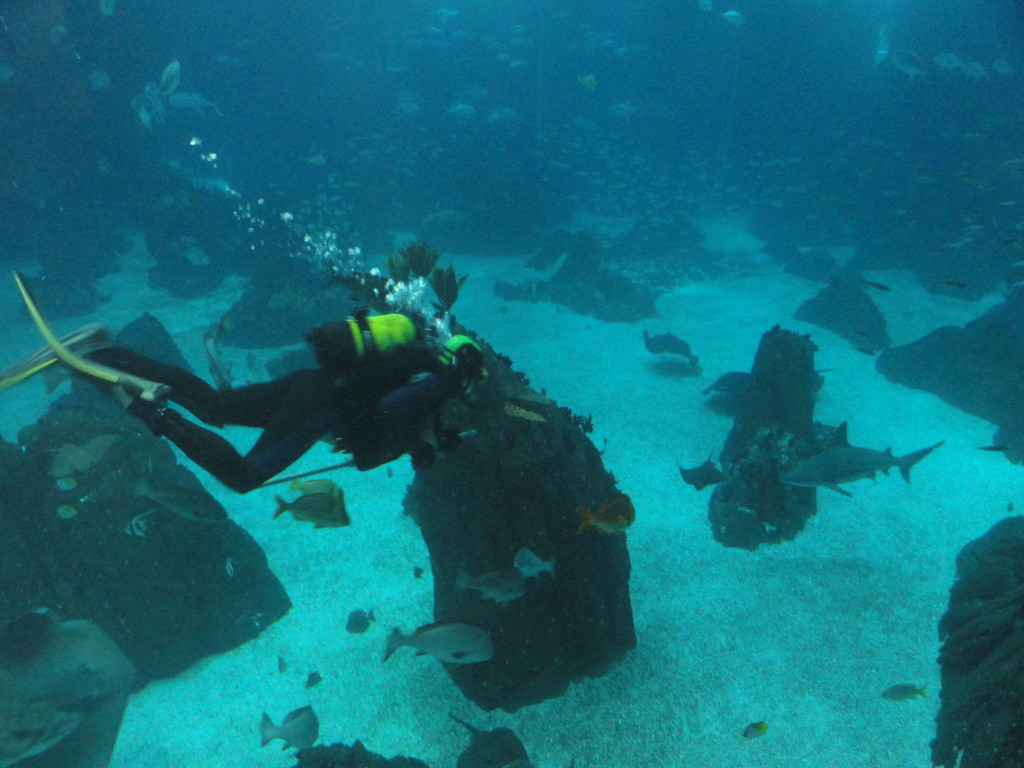
But also many alcoves where a diverse community of fish, anemones, and corals can get some “privacy,” i.e., some sense of normality in a life literally in a very large fish bowl.

Of course, there are many smaller tanks and exhibits for up-close-and-personal views of worldwide marine flora and fauna. As always I was drawn to the tropical frog exhibit.
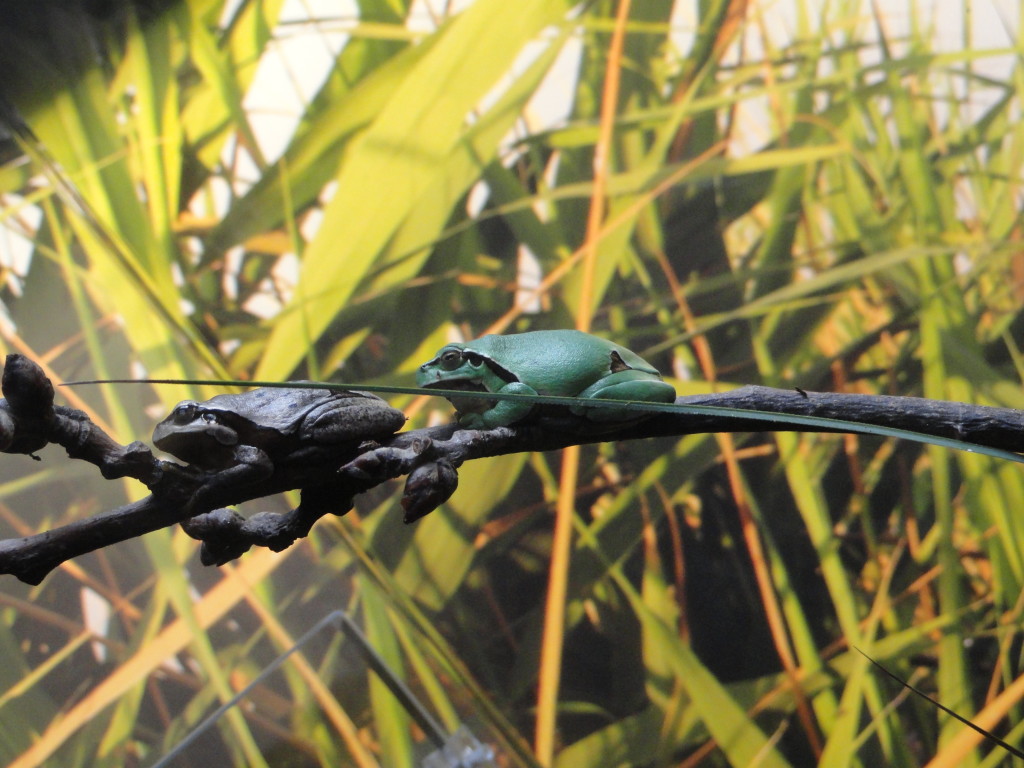
With only a month to go before finishing my three-year sojourn in Brussels, I had made a special trip to Lisbon specifically to see this world-famous aquarium. I was not disappointed.
See more about my aquarium visits on the aquarium page.
David J. Kent has been a scientist for over thirty years, is an avid science traveler, and an independent Abraham Lincoln historian. He is the author of Tesla: The Wizard of Electricity and the e-book Nikola Tesla: Renewable Energy Ahead of Its Time. He is currently writing a book on Thomas Edison.
Follow me by subscribing by email on the home page. And feel free to “Like” my Facebook author’s page and connect on LinkedIn. Share with your friends using the buttons below.



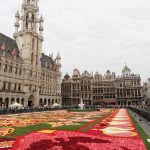 Thud.
Thud.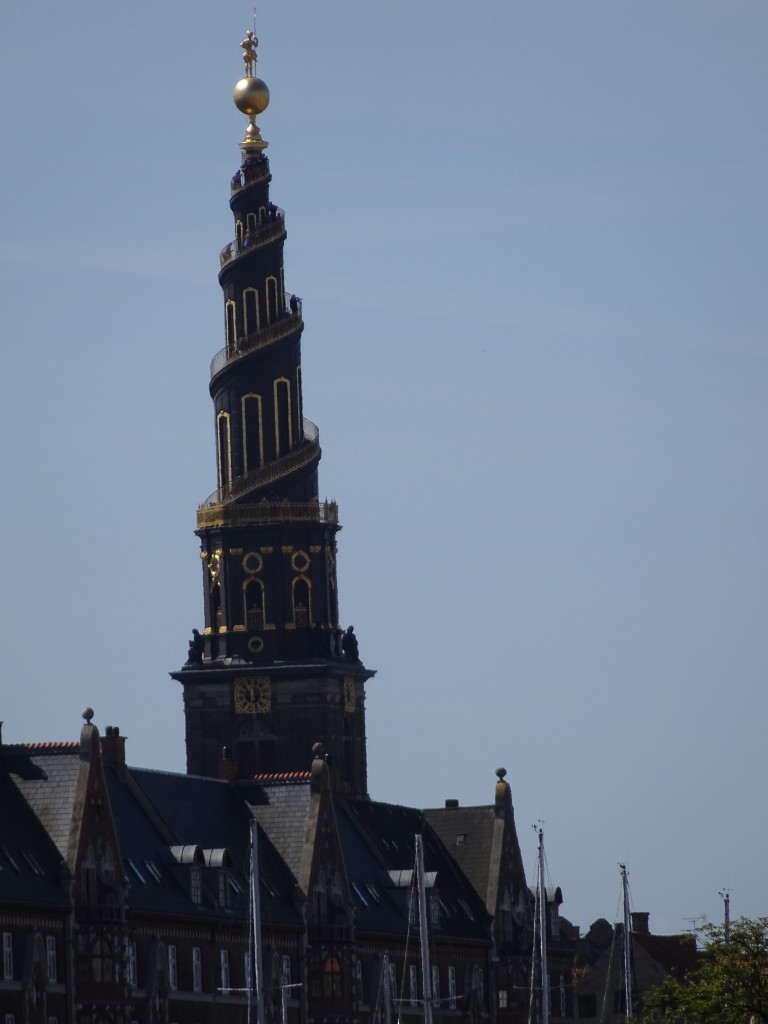
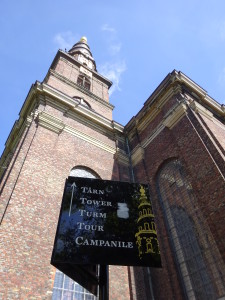
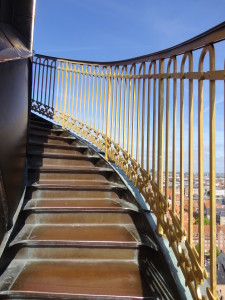
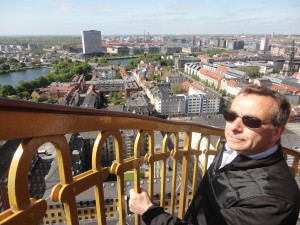
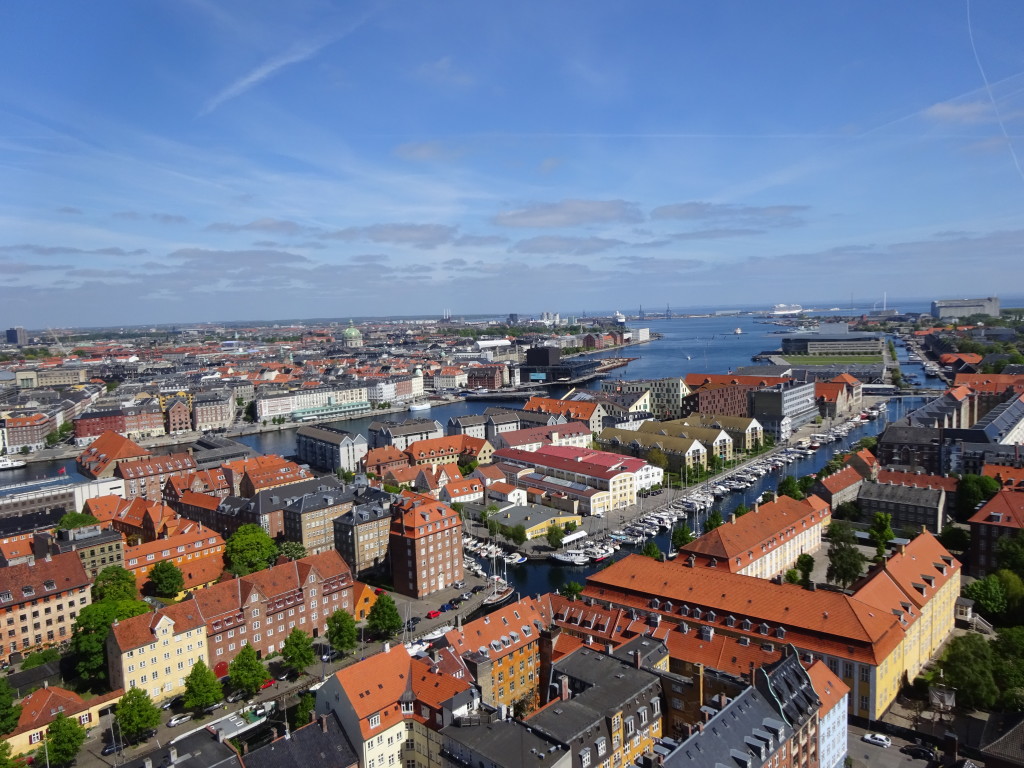

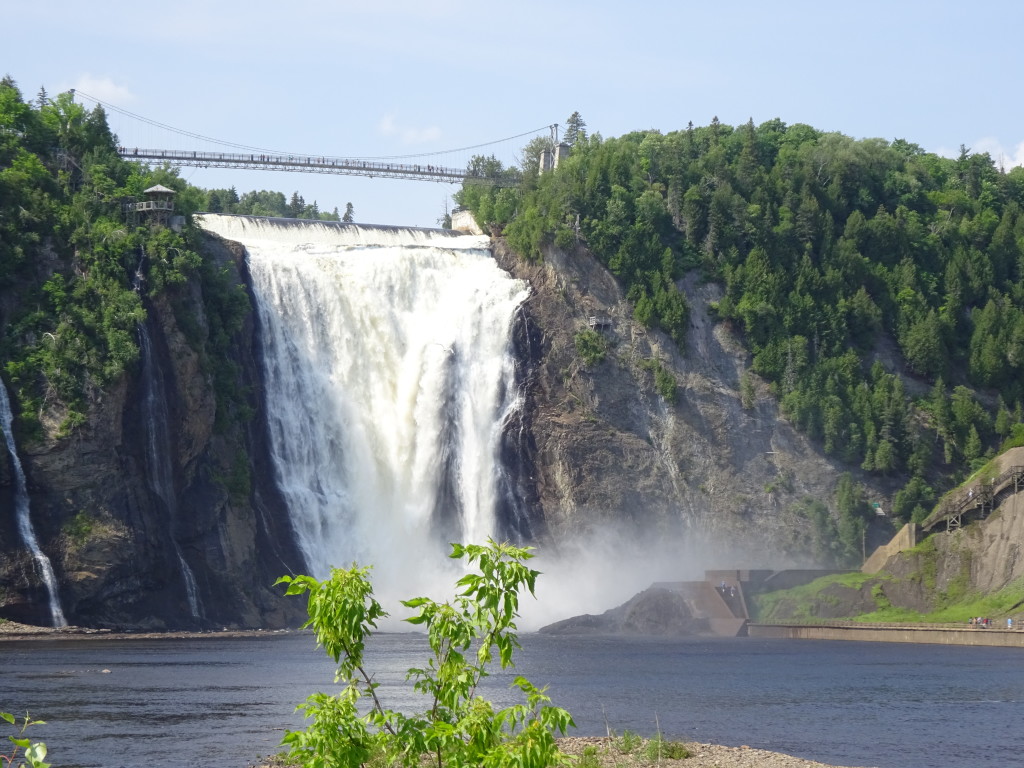
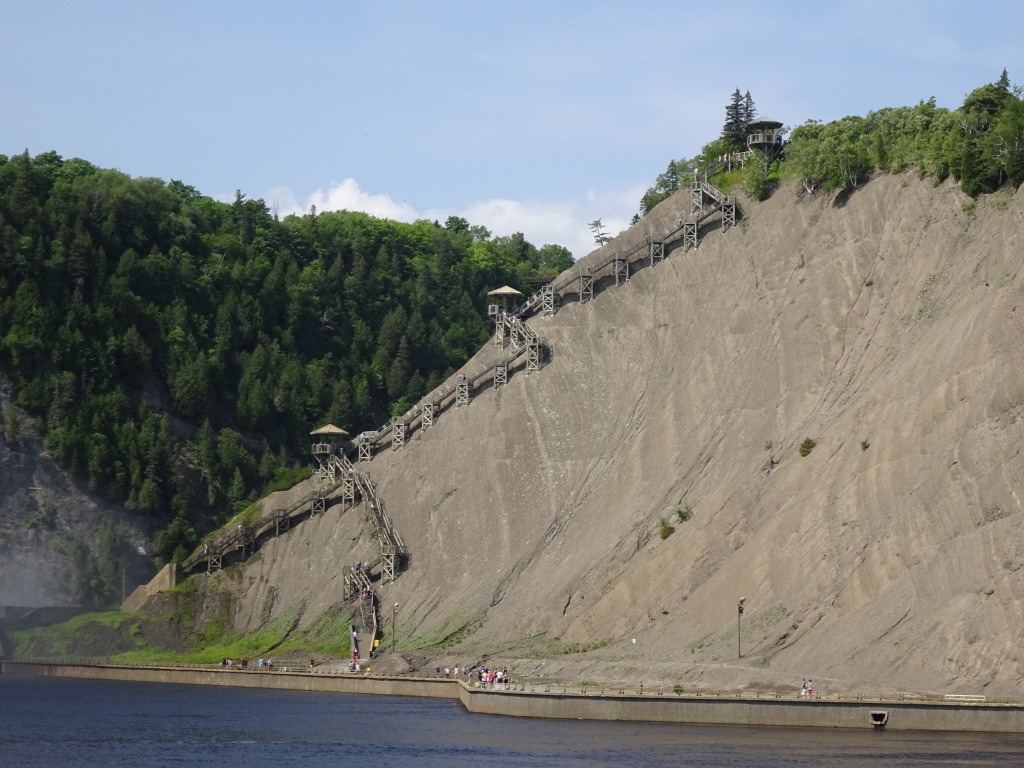
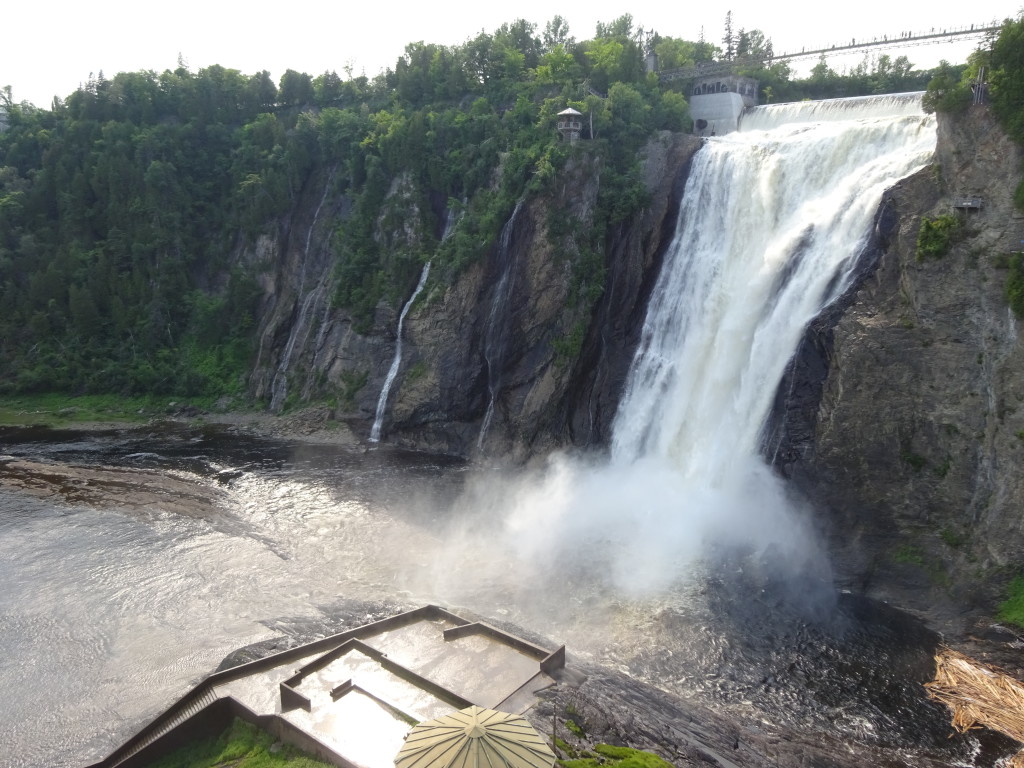
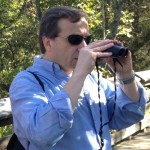 For some reason I thought of the old days in Catholic confessional in which I would ask the priest to bless me from my sins and say “It has been 30 days since my last confession.” Well, I’m not really confessing, and I don’t consider it a sin, but I must admit “It has been 30 days since my last science traveling.” That trip was to Scandinavia – Denmark, Sweden, Norway. As you read this I’ve already been several days into my current trip to the northeast – New England and Quebec.
For some reason I thought of the old days in Catholic confessional in which I would ask the priest to bless me from my sins and say “It has been 30 days since my last confession.” Well, I’m not really confessing, and I don’t consider it a sin, but I must admit “It has been 30 days since my last science traveling.” That trip was to Scandinavia – Denmark, Sweden, Norway. As you read this I’ve already been several days into my current trip to the northeast – New England and Quebec.